Following instructions Geometry Worksheets for Ages 3-7
7 filtered results
-
From - To
Discover an engaging collection of Following Instructions Geometry Worksheets designed for children aged 3-7! These worksheets are perfect for young learners to develop essential skills in geometry while enhancing their ability to follow instructions. Each activity encourages critical thinking and problem-solving as kids identify shapes, patterns, and spatial relationships. With colorful illustrations and clear directions, children will enjoy exploring concepts like circles, triangles, and rectangles while building confidence in their learning abilities. These interactive worksheets promote cognitive development, making math fun and accessible. Ideal for home or classroom use, our resources ensure that your little ones gain essential foundational skills in geometry.
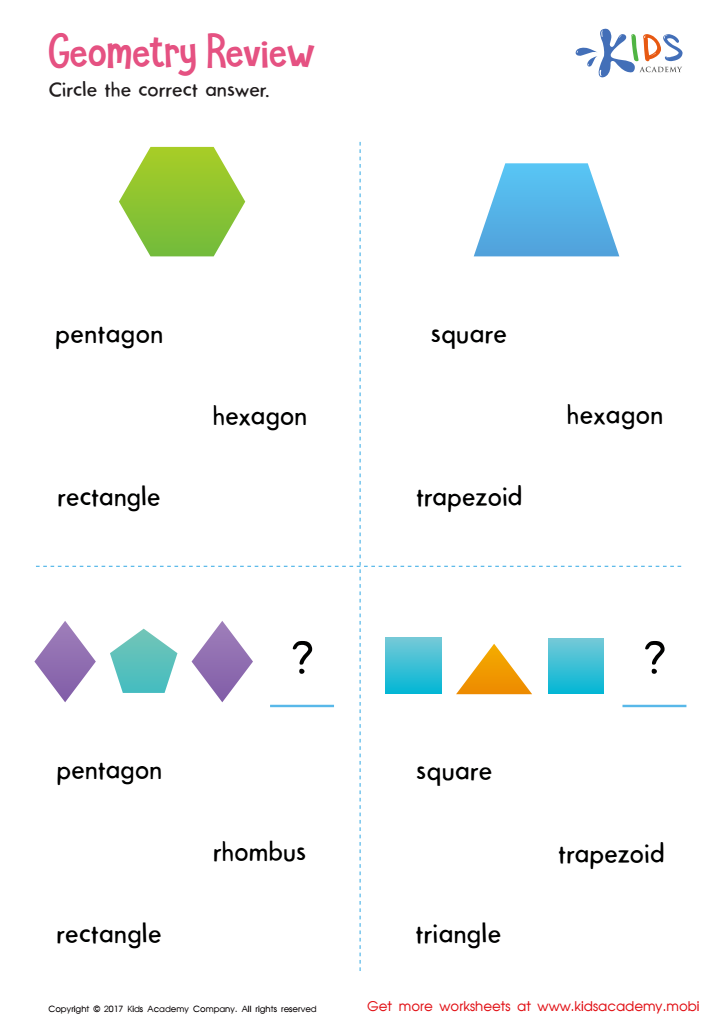

Geometry Review Printable


Let's Learn to Draw Hearts And Stars Printable
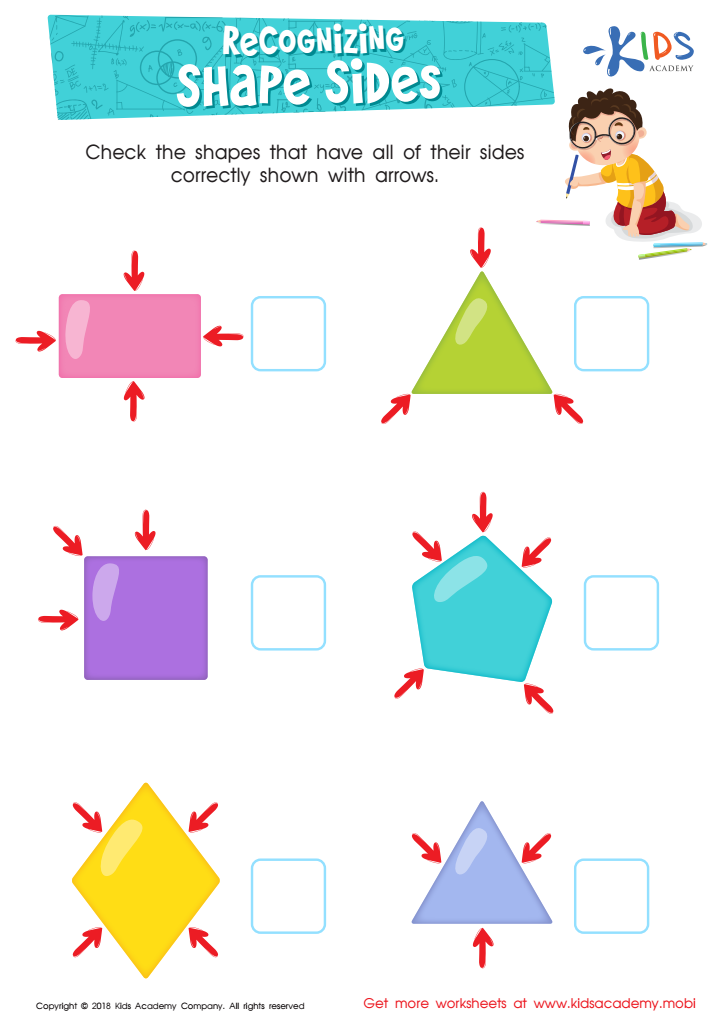

Recognizing Shape Sides Worksheet
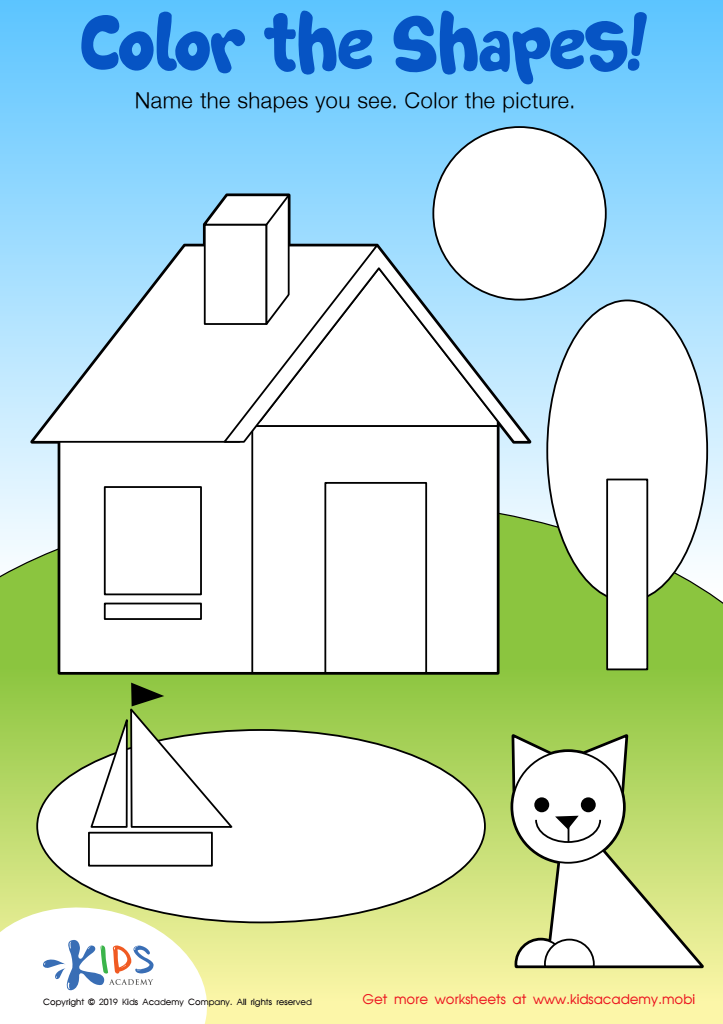

Color the Shapes Worksheet
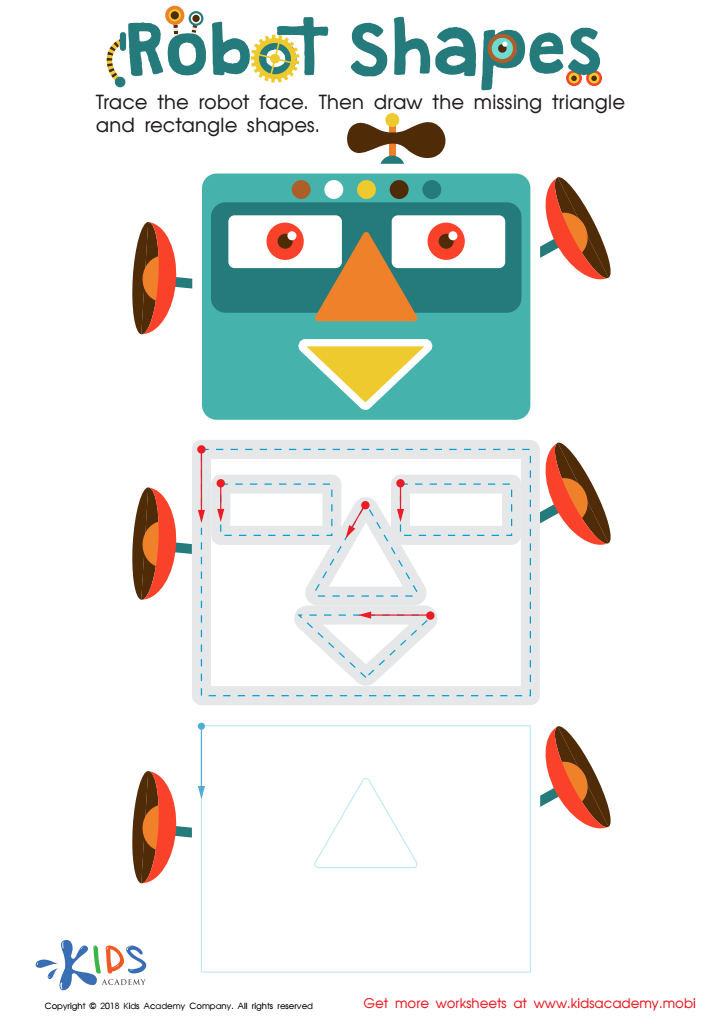

Robot Shapes Worksheet
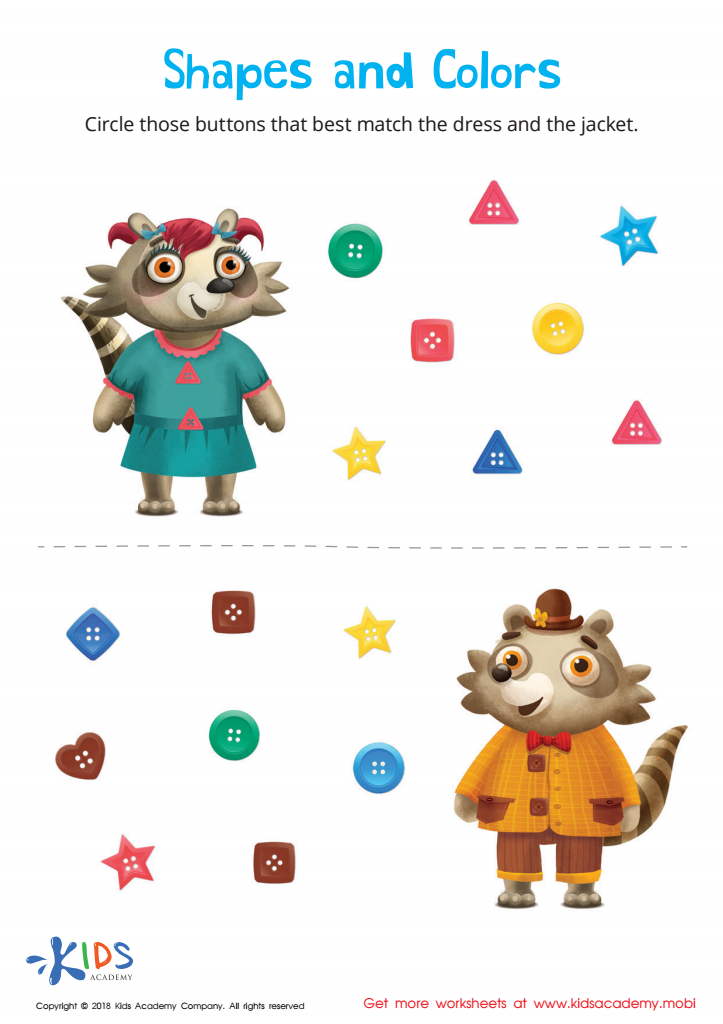

Shapes and Colors Worksheet
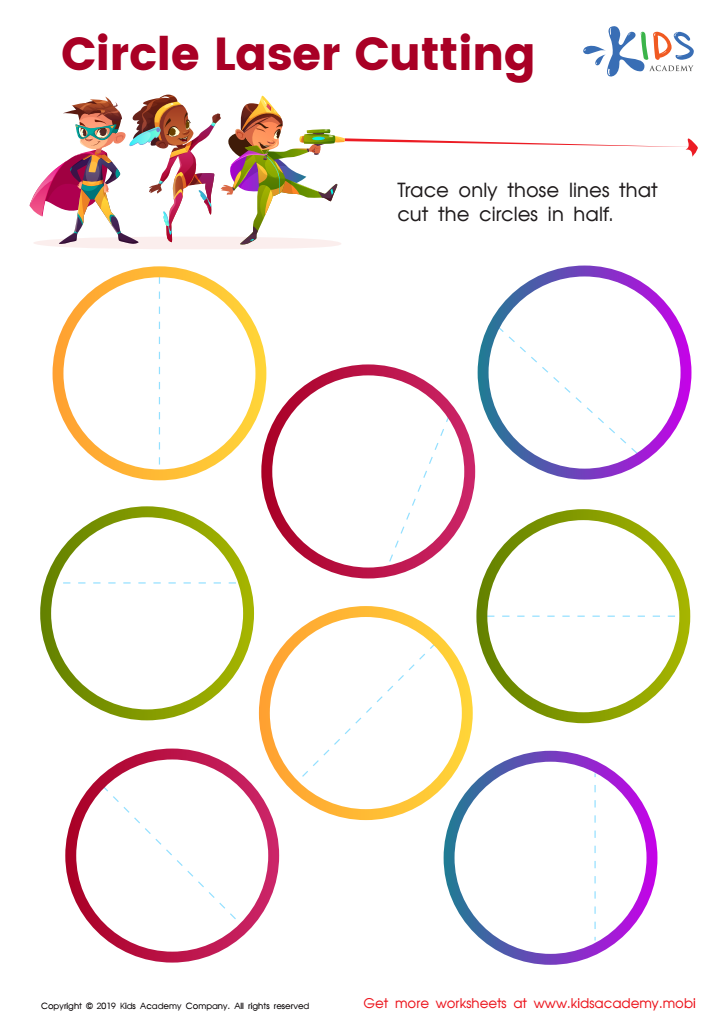

Circle Laser Cutting Worksheet
Following instructions in geometry for ages 3-7 is vital for several reasons. First, it lays the foundation for critical thinking and problem-solving skills as children learn to interpret and act upon guidance. This age group thrives on routine and structure, so incorporating geometric instructions naturally engages their curiosity while fostering cognitive development.
Additionally, geometry introduces young learners to shapes, spatial awareness, and sizes, which are essential for math skills later in life. When children follow instructions related to these concepts—such as sorting shapes or placing objects according to specific criteria—they enhance their understanding of mathematical language and concepts.
Moreover, procedural understanding promotes enhanced communication skills. As children learn to listen and provide feedback on instructions, they cultivate an ability to articulate their thoughts and respond to others.
Finally, geometric activities often involve hands-on learning, encouraging creativity and motor skills. This kinesthetic component makes learning more enjoyable, keeping children engaged while promoting cooperative play when done in groups. Ensuring that parents and teachers prioritize the importance of following these instructions is crucial for a well-rounded educational experience that builds a solid foundation in both geometry and broader learning.
 Assign to My Students
Assign to My Students


























